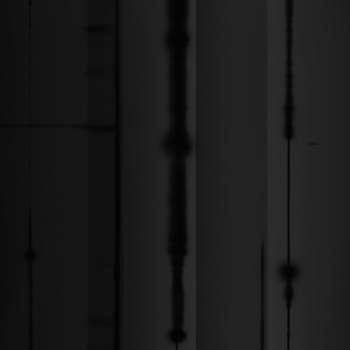Tuukka Kaila’s practice exists at the intersection of art, research and publishing. In his work Kaila explores the means and limits of visual representation, and the relationship between a photograph and what it represents. In the project Shallow Trap, first exhibited at the Finnish Museum of Photography in Helsinki in 2015–2016, the artist used light to reveal the colours of undeveloped photographic paper. Without any physical subject to record, photography is relieved of the burden of representation and gains an entirely new kind of freedom. But if there is no subject, what does a photograph represent? If nothing else then at least itself and the process that enables its creation.
Oskari Parkkinen explores and questions the relationship between the representational quality and the materiality of art. With the exhibition The Black Instrument that took place in 2012 at the Kluuvi gallery in Helsinki, Parkkinen presented his collage-like images consisting of portions of several photographs reminiscent of darkroom test strips. In the exhibition space he surrounded the images with the very same tools used to manufacture them. With this the artist pointed to the materiality of photography and its quality of recording reality with misleading perfection, which in turn relates to the inevitably incomplete worldview of man.
Suspended Shifts is Kaila and Parkkinen’s first joint exhibition. Important aspects that connect the two artists are an interest in treating photographs as documents of an artistic process, working with analogue photography and the organic working process taking place in the darkroom. Both approach photography as a medium, a material and its content – they analyse and deconstruct it into elements and so intervene in the nature of photographs.
